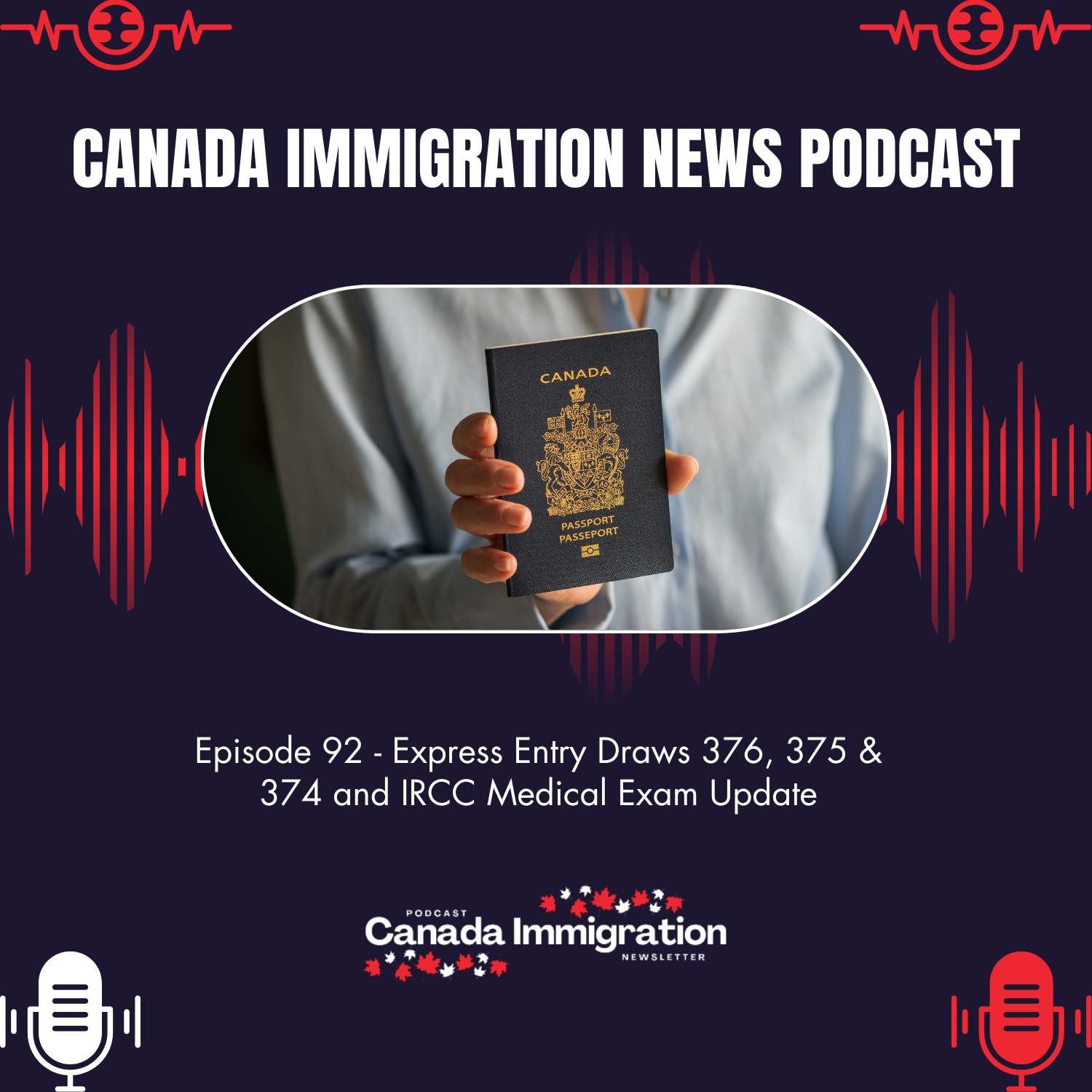Immigration Announcement
Why Temporary Foreign Worker Program Remains Essential for Canada’s Workforce

Canada continues to experience ongoing labour shortages across multiple regions and industries. From farms and food processing plants to hospitals, hotels, and small independent businesses, many employers report the same challenge: positions are going unfilled even after months of local recruitment efforts. This is where the Temporary Foreign Worker Program plays a crucial role. It is not a shortcut or a quick fix, but a structured system designed to support the Canadian workforce when the local labour pool cannot meet demand.
The program has drawn attention in public discussions in recent years, often shaped by misunderstanding. But when we look closely at how it works and who relies on it, the story becomes clearer and more practical.
Why Canada Continues to Use the Temporary Foreign Worker Program
Canada’s demographic and economic landscape has shifted. Some key factors include:
- An aging population, especially in rural areas
- Fewer young workers are entering trades and labor-intensive roles
- Strong business growth in certain regions, with insufficient local workforce supply
- High demand in seasonal or shift-based industries
Common Misconceptions vs. Reality of the TFW Program
There are several myths surrounding the Temporary Foreign Worker Program (TFWP). In reality, the program is structured with strong rules to protect both workers and the Canadian labour market. Employers do not use the program because it is easy or inexpensive — they turn to it only when they cannot find workers locally.
Here are Some Key Points that Clarify How the Program Actually Works
TFWP is Used Only When Needed
Employers are required to show evidence that they tried hiring locally first. Businesses apply for TFWs only when they cannot fill roles through Canadian applicants.
Wages for Foreign Workers Must Meet or Exceed Regional Standards.
Employers must pay at least the median wage for that job in their region. This keeps wages fair and prevents a lowering of pay for Canadians.
Foreign Workers are Not Replacing Canadians
Many jobs, especially in remote regions or labour-intensive industries, go unfilled even after months of local recruitment. TFWs help fill these gaps so businesses can continue operating.
The Program is Closely Monitored.
Employers participating in the TFWP are subject to compliance reviews, workplace inspections, audits, and wage verification to ensure fair treatment and lawful employment conditions.
How Canada Protects Workers in the Program
The Temporary Foreign Worker Program is built with several layers of employee protection, including:
- Regular inspections of employers
- Mandatory fair wage rules
- Prohibition of recruitment fees charged to workers
- Work permit tied to verified job offer conditions
- Penalties for employers who do not comply
These measures are meant to ensure that workers are safe, treated fairly, and protected throughout their employment in Canada.
Why Small and Rural Businesses Depend on TFWP
In large cities, there may be competition for jobs. But in rural and remote regions, the situation is often the opposite. Some businesses report zero applicants for open positions, even when they increase wages or improve benefits. Without reliable staffing:
- Restaurants close dining rooms
- Farms reduce production
- Care homes cannot meet resident needs
- Seasonal businesses shorten operating hours
The Temporary Foreign Worker Program helps maintain essential services, steady employment growth, and community stability.
The Temporary Foreign Worker Program Supports Local Economies
The Temporary Foreign Worker Program is not about replacing Canadian talent — it supplements it where shortages exist. When operated responsibly and monitored carefully, it supports:
- Business continuity
- Job stability for Canadian employees
- Community access to essential services
- Economic growth in both rural and urban areas
Moving forward, a balanced approach is key: maintaining strong worker protections while ensuring employers can continue to meet real labour demands.
























